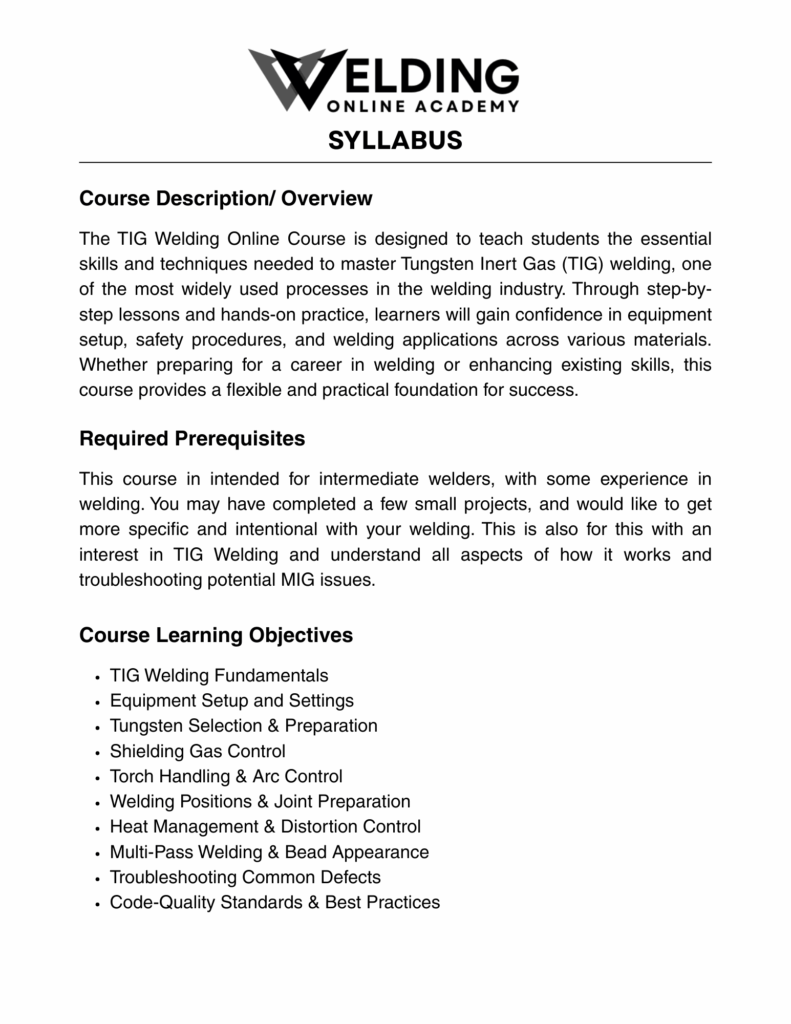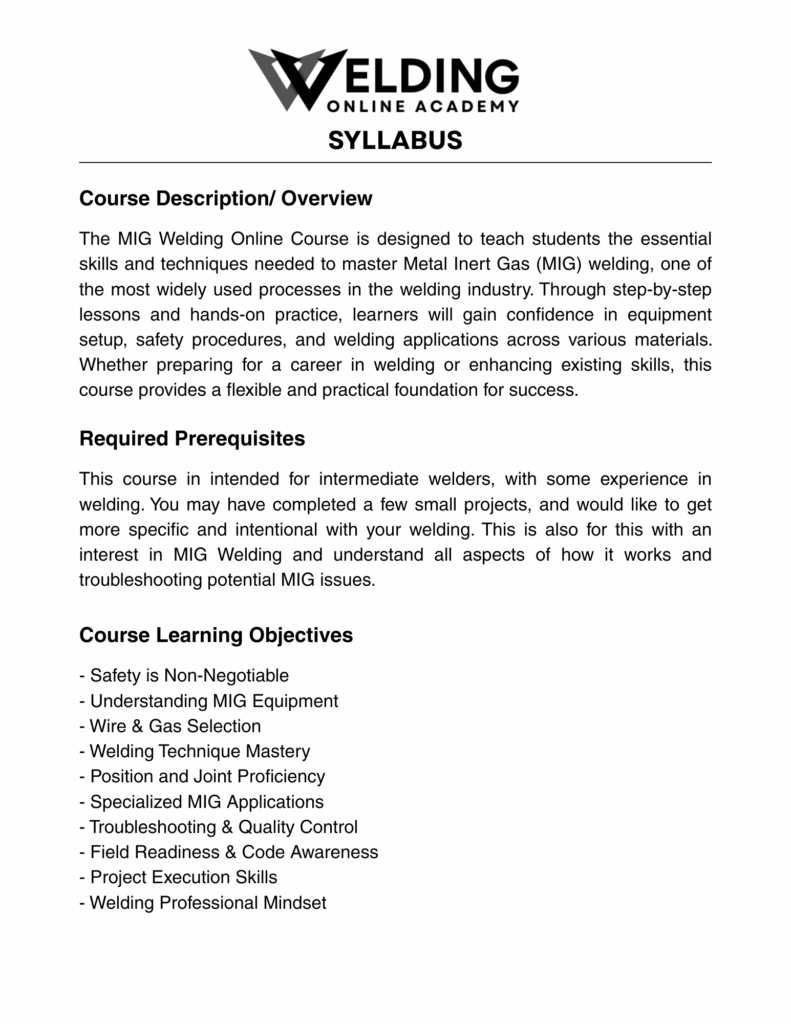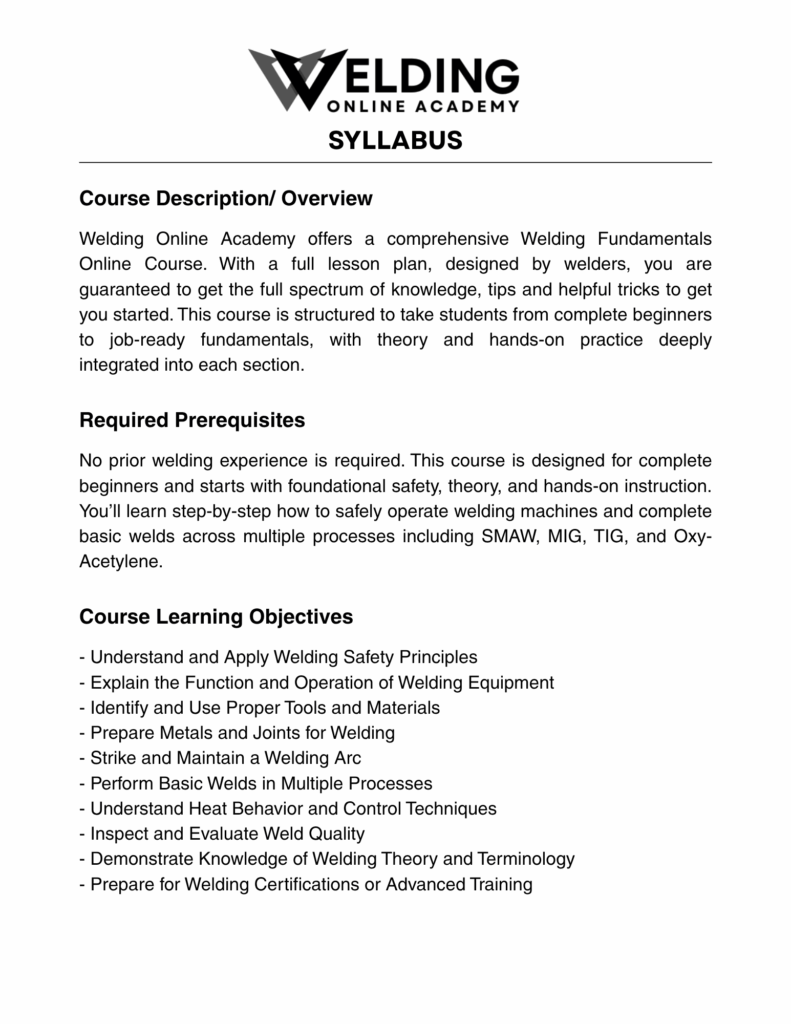Welding remains a foundational trade for diverse sectors— from automotive and infrastructure to energy and aerospace. Yet the industry now faces a critical skilled-labor crunch driven by accelerating retirements, infrastructure investment, and wavering pipeline of new welders.
Demand-Outpacing Supply: Workforce Projections
According to the American Welding Society (AWS), around 330,000 new welding professionals will be needed in the U.S. by 2028, with 82,500 welding jobs expected to open each year between 2025 and 2029. Earlbeck estimates a shortage of 360,000 welders by 2027, and an average of 90,000 jobs/year to fill due to growth and retirement attrition.
This is anchored by an aging workforce: the average age of U.S. welders is 55, and approximately 153,000 experienced welders are set to retire soon. For every five skilled workers retiring, only two are entering the field.
In Canada, a similar pattern is emerging: demand is rated a moderate risk of shortage from 2024 to 2033. In 2023, 26% of welders were aged 50+, with average retirement at 64. Globally, demand is rising across infrastructure, energy, and manufacturing sectors.
New Welders: Are They Filling the Gap?
While interest in trades is rising—especially among younger generations—it’s still not enough to fill the growing void.
A Wall Street Journal‑reported surge in vocational training saw Gen Z enrollment in construction and HVAC/welding programs rise roughly 16–23% over recent years. However, AWS notes that only about one new welder enters the workforce for every two retiring.
Still, the current influx of new welders is too slow to close the gap caused by mass retirements and expanding demand.
Pay & Compensation: Better Than Ever for Skilled Workers
Median pay for welders, cutters, solderers, and brazers in the U.S. stood at approximately $51,000/year as of May 2024, with the bottom 10% earning below $38,000 and the top 10% above $75,800.
Entry-level welders typically make $45,000–$55,000/year, while welders with specialized skills (certified TIG, underwater, aerospace, robotic welding) can earn well over $100,000/year.
Construction-related skilled trades have seen wage growth: new hires in construction averaged $48,089/year—a 5.1% increase year-over-year—with welders near the high end for trades due to strong demand.
Skilled vs. Entry-Level: A Greater Need for Advanced Welders
The demand isn’t limited to warm bodies—it’s for skilled welders. Industry changes, including automation, robotics (Industry 5.0), and stringent code compliance, have elevated the need for certified and highly trained welders.
According to AWS data, welding standards like AWS D1.1 for structural steel are frequently required, and many new projects—nuclear, aerospace, offshore wind—need specialized certification and advanced techniques.
Robots are increasingly common in high‑volume environments, but they can’t fully replicate human skill, especially for complex or variable welds. Researchers note that human cognitive and gestural skills in welding remain difficult to model or automate.
Market Balance: Shortage, Not Saturation
Far from oversaturation, most reports confirm critical shortages across the industry.
- AWS and Earlbeck forecasts estimate a shortage of 330,000–360,000 welders by 2027–28.
- Analysts warn of a mismatch: only one new tradesperson per five retirees entering the field.
- Even advanced economies like the UK face critical shortages of certified welders needed for green-energy transitions and infrastructure builds.
- Canada and other labor markets see moderate to high risk of shortages through 2033.
- Technology advancement further increases demand for welders with digital literacy and robotic co‑working experience.
In summary, the market desperately needs welders, especially skilled and certified ones. It is not oversaturated—quite the opposite.
Real-World Examples & Spotlights
- Gulf of Mexico Infrastructure – Offshore pipelines and platforms are routinely serviced by underwater welders earning six-figure compensation; demand remains high as infrastructure ages.
- Offshore Wind Farms (UK & US) – The UK is scrambling to fill thousands of welding roles critical to offshore wind and nuclear builds, citing shortage threats to net-zero goals.
- US Infrastructure Bill Projects – Federal funding for highways, bridges, transit, and energy upgrades is fueling welding demand in fabrication yards and construction sites nationwide.
- Gen Z Uptick – Younger welders like Tanner Burgess (San Diego) are entering welding training programs, drawn by debt-free earnings and hands-on careers; he expects six-figure income within five years.
Certification and Upskilling: A Path to Demand & Better Pay
Certification matters. AWS offers credentials for Certified Welder (CW), Certified Welding Inspector (CWI), Certified Welding Engineer (CWE), and others. Workers with credentials and code knowledge see far greater job prospects and salaries.
Modern employers increasingly seek robotic arc welding skills, digital welding procedure specification (WPS) understanding, and code-based welding for high-stakes installations in energy, aerospace, and infrastructure.
Training programs—from community colleges to apprenticeships—are expanding but still lag behind industry need. Some institutions, including Lincoln Electric’s training facilities, focus on multi‑process mastery and smart-shop readiness.
Summary Table: Key Data Points
| Metric / Trend | Value / Insight |
|---|---|
| Welders projected needed by 2028/29 | ~330,000–360,000 (U.S.) |
| Openings per year (2025‑29) | ~82,500–90,000/year |
| Retiring experienced welders | ~153,000 in coming decade |
| Entry ratio | ~1 new welder for every 2 retirees |
| Median wage (May 2024, U.S.) | $51,000/year; bottom 10% < $38k; top 10% > $75,800 |
| Entry-level pay | $45,000–$55,000/year |
| Specialized pay | Over $100,000/year (underwater, aerospace, robotics, energy) |
| Wage trend in construction trades | 5% year-over-year increase; new hires ~$48k median |
| Job growth (2023–33) | ~2% growth; 45,800 openings/year due to retirements/transfers |
| Skilled vs entry demand | High demand for certified, code-ready, multi‑process welders |
Challenges & Opportunities
Challenges:
- Awareness gap: Many young people and parents underestimate welding’s career potential.
- Education lag: Trade programs struggle to scale fast enough.
- Automation pressure: Basic MIG labor jobs risk automation; advanced and adaptive welding remain human domains.
- Diversity and inclusion deficit: Women remain <5% of the workforce.
Opportunities:
- Apprenticeships and paid training are growing rapidly.
- High wage potential for specialized welders and inspectors.
- Green-energy infrastructure boom—renewables and low-carbon projects rely on certified welders.
- International growth, from boiler training in India to wind farms in Europe.
- Tech-enabled welding (collaborative robots, digital control) usher in Industry 5.0—a space where skilled welders are indispensable.
In Summary: Welding in Transition, But Far From Dying
To answer the core questions:
- Is there a growing need? Yes. Demand is surging due to infrastructure investment, retirements, and advanced industries.
- How many are retiring vs entering? Nearly 150,000+ retirements looming; only half as many new entrants.
- What are welders paid today? Median ~$51k/year; many specialized welders earn six-figure salaries.
- Is the market oversaturated? No. It’s undersupplied—especially for skilled welders, inspectors, automated/robotic welders, and certified professionals.
Welding is not just surviving—it’s evolving. The workforce must adapt to smarter fabrication methods, stricter codes, and renewable infrastructure demands. For newcomers and returning professionals alike, the opportunity is immense. The world is building. Bridges, vehicles, pipelines, and grids all depend on welders who can deliver quality, safety, and adaptability.
Resources & Examples
- AWS Workforce projections & reports
- Bureau of Labor Statistics (Median wage, openings)
- LinkedIn & trade commentary on retirement gaps
- YesWelder and labour shortage commentary
- Academic research on welding automation and human‑robot collaboration
- UK green sector shortage reporting
FAQ: The State of Welding
Is welding in demand or oversaturated right now?
Welding is undersupplied, not oversaturated. Industry forecasts point to significant shortages as retirements accelerate and infrastructure and energy projects expand.
How many welders will be needed over the next few years?
Projections indicate roughly 330,000 new welding professionals needed by 2028, with about 82,500–90,000 openings per year between 2025 and 2029 as growth and retirements create demand.
What do welders earn today?
Recent data shows a U.S. median around $51,000 per year, with many entry roles near $45,000–$55,000 and specialized areas such as TIG, underwater, aerospace, or robotic welding exceeding $100,000.
Which skills and certifications are most valuable?
Employers prioritize certified, code-ready welders—familiar with standards like AWS D1.1—and value credentials such as AWS Certified Welder, CWI, and advanced process mastery, including robotic co-working and WPS literacy.
Is automation replacing welders?
Automation is expanding in high-volume work, but complex, variable jobs still require human judgment and dexterity. The net effect is stronger demand for well-trained welders who can work alongside automation.




